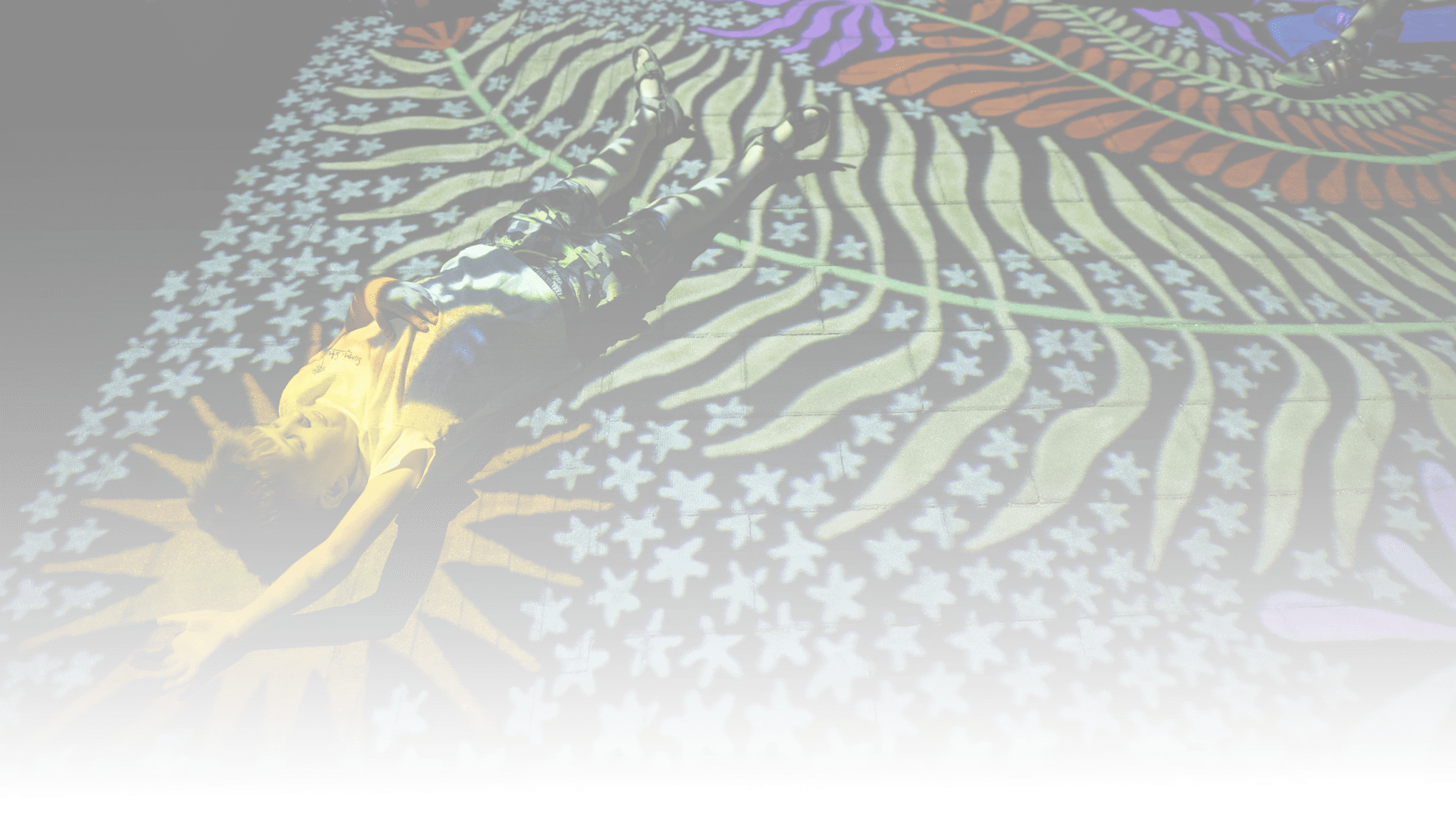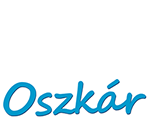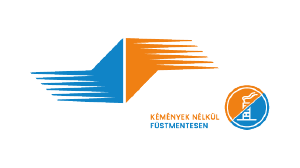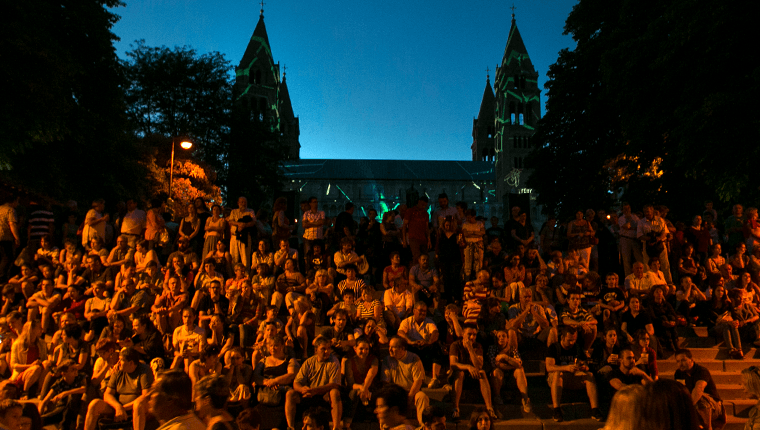You can have the most intense experience of the Light Festival if you go through all the stops of the Route Light.
After sunset, visitors will be amazed by the building projections and site-specific light works of domestic and foreign artists in the cozy streets and squares of Pécs, in the city's galleries, and in the Zsolnay Cultural Quarter. Those interested can meet light works based on analog and digital techniques, as well as static and interactive light installations.
The works in public spaces can be visited for free, but those who don't want to miss a light experience can look forward to the special locations of THE ROUTE OF LIGHT EXTRA, which can be visited with the purchase of a wristband.
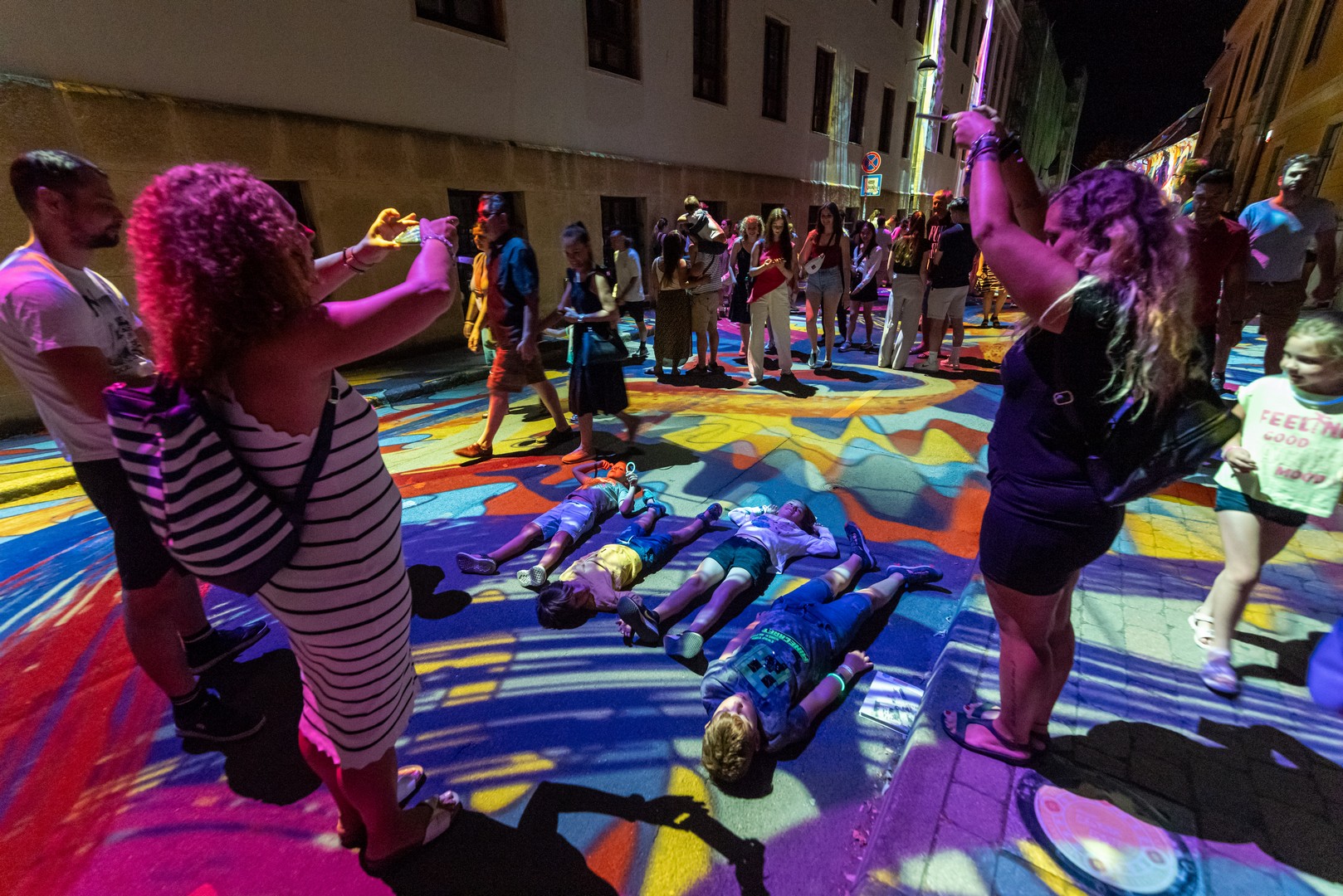
The key projection technology partner of the Route of Light is EPSON Hungary.




